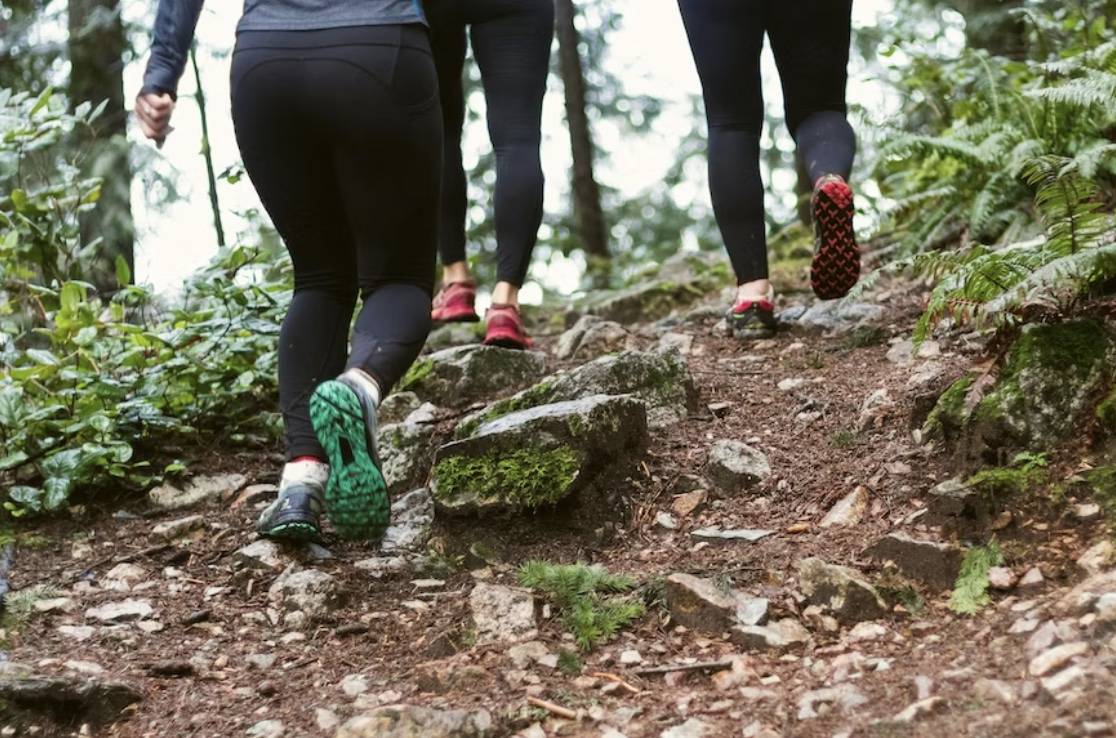Stay safe and injury-free while enjoying your favorite activities with these easy tips!
June 2023. This article is independently written by Shelby Golding. All opinions given are hers. Shelby has been certified as a personal trainer and nutritional specialist since 2007. In 2008, she found her passion for writing about these topics and hasn't looked back.

Having fun, staying active, and enjoying yourself are essential activities for enjoying your life (and summer)! But whether you’re an athlete, a weekend warrior, or just someone who enjoys staying active, taking steps to prevent injury should be a top priority.
By following these simple guidelines and making intelligent choices, you can reduce your risk of injury and stay safe. So keep reading to explore some of the key strategies you can use to prevent injuries and stay on top of your game.
10 Tips for Injury Prevention During Physical Activities
Injury prevention is an important topic, but it doesn’t get as much attention as it should sometimes. But if you’re like most of us, you’ve experienced your fair share of bumps and bruises and might still deal with chronic pain from previous mishaps.
We know how important it is to take care of yourself and avoid unnecessary injuries, but that doesn’t mean you should stop having fun or roll yourself up in bubble wrap (unless that’s what you do for fun!). So we’ve put together these tips for injury prevention that will help keep you safe and sound while enjoying the activities you love.
-
Warm Up and Stretch
It’s crucial to warm up and stretch your muscles before you begin any physical activity, especially if you want to prevent injuries. So first, take at least five minutes to do light aerobic exercises like jogging or jumping jacks. Then, follow it up with five minutes of dynamic stretches targeting the muscle groups you’ll be using.
It might sound boring, but don’t skip this step! Warming up prepares your body, increases flexibility, and reduces the risk of strains and sprains.
-
Use Protective Gear
Always wear appropriate protective gear if you’re participating in activities involving potential impact or risk. This might mean helmets, knee pads, elbow pads, mouthguards, goggles, and other equipment specific to your chosen activity.
Protective gear is a barrier that protects your body against injuries and can significantly reduce the severity of accidents. It could be the difference between ending the day with a broken bone, sprained ankle, or black eye and going home happy, healthy, and satisfied.
-
Learn the Proper Technique
Taking the time to learn (and practice) proper techniques for any unfamiliar activities is well worth it. For example, if your friends invite you to go mountain biking and you’ve never been, ask someone experienced to meet up to show you the ropes first.
Correct form is crucial for preventing injuries, whether it’s throwing a ball, lifting weights, or riding a bike. And if you have time, it’s even better to take lessons to ensure you’re using the correct technique.
-
Listen to Your Body
One of the best ways to reduce your risk of injuries is to pay attention to your body’s signals, like pain or discomfort. For example, pushing through pain can further damage your muscles, tendons, joints, and ligaments or lead to an injury that doesn’t need to happen.
Additionally, if you experience pain or feel exhausted, it’s best to take a break, rest, and allow your body to recover. Overexertion and fatigue increase the risk of accidents.
-
Gradually Increase the Intensity
Regardless of how excited you are to have fun, be mindful if you’re new to an activity or intensity level. Injury prevention requires you to progress and ramp up your fitness level gradually.
Remember, it’s safest to avoid sudden increases in physical activity levels. Instead, gradually increase duration, frequency, and intensity, allowing your body to adapt and strengthen to prevent straining your muscles and joints.
-
Stay Hydrated

Proper hydration is crucial to maintain optimal performance and prevent injuries. On the other hand, dehydration can lead to muscle cramps, dizziness, and fatigue, increasing the risk of accidents, sprains, and strains.
Always drink water before, during, and after physical activities, especially if you’re out in hot weather. Hydrating helps regulate body temperature and keep your muscles and joints functioning correctly.
-
Take Regular Breaks
Taking breaks during physical activities helps prevent overuse injuries and muscular fatigue, which can also lead to accidents. Any prolonged and repetitive movement can strain your muscles and joints, which increases your risk of stress fractures, sprains, or other injuries.
If needed, set timers to remind yourself to incorporate rest periods into your physical activities. And remember, there’s no shame in addressing injury prevention with friends – everyone needs time to recover and recharge.
-
Listen to Safety Instructions
If you’re participating in organized sports, always pay attention to safety instructions and guidelines from coaches, instructors, or event organizers. In addition, make sure you understand and follow the rules and regulations specific to your activity. These guidelines help protect your well-being and prevent injuries.
Look up guidelines from a trusted online source before playing games and activities without anyone to provide safety instructions. And make sure everyone involved knows them, too – some knowledge about what you’re doing is always better than none.
-
Maintain a Balanced Fitness Routine
Maintaining a well-rounded fitness routine that includes cardiovascular exercise, strength training, flexibility, and balance drills helps prevent injuries regardless of what you’re doing. In addition, a trained, balanced body is more resilient and less prone to accidents.
Anyone who likes to stay active can benefit from engaging in cross-training activities. As you strengthen different muscle groups, you’ll improve overall fitness and have more energy, too.
-
Be Mindful of Environmental Factors
Think about environmental factors that could impact your safety. This includes terrain, weather conditions, and potential hazards associated with whatever you’re doing. Then, try to adjust your plans accordingly and take the necessary precautions. For example, you might need to wear appropriate footwear, apply sunscreen, or use insect repellent.
-
(Bonus!)Wear Your Kailo Pain Patch
Having fun shouldn’t come at the expense of your safety, and you shouldn’t have to deal with chronic pain while enjoying yourself. If you deal with aches and pains from old injuries, apply your Kailo Pain Patch before leaving home!Kailo is designed to relieve pain anywhere on your body in seconds and doesn’t involve oral medication! A recent clinical study showed a significant decrease in musculoskeletal pain, such as back pain, neck pain, muscle and tendon pain, and many others.Disclaimer: Kailo should not be used if you have a pacemaker or if you are pregnant. Always consult your doctor or health care professional before using Kailo.





